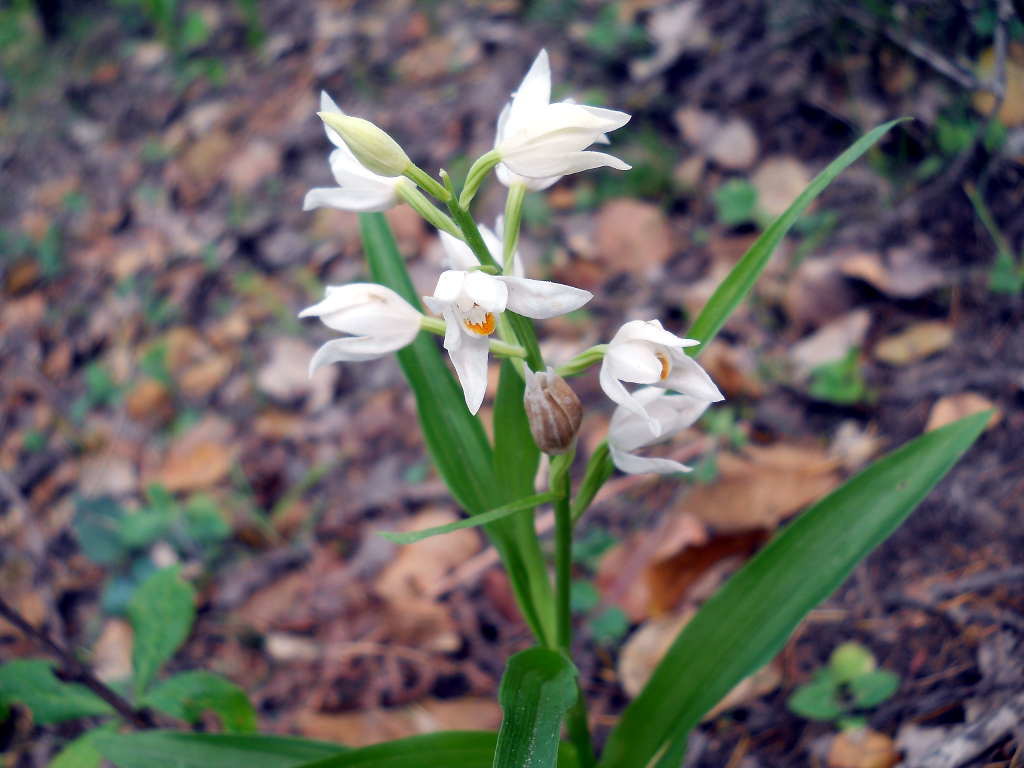
Cephalanthera longifolia (Sword Leaved Helleborine)
Cephalanthera longifolia, commonly known as the Sword Leaved Helleborine, is a delicate terrestrial orchid native to the Great Himalayan National Park (GHNP). This orchid is recognized by its elegant sword-like leaves and striking white flowers, making it one of the lesser-known yet captivating plants of the Himalayan understory.
Habitat in the Great Himalayan National Park
This orchid thrives in:
-
Mixed coniferous and broadleaf forests
-
Shady, humus-rich soils
-
Elevations between 1,800 and 3,000 meters
It is frequently spotted along quiet forest trails in the Tirthan and Sainj valleys, especially during the spring and early summer months.
Botanical Description
-
Leaves: Long, narrow, and grass-like—hence the name sword-leaved
-
Height: Typically ranges from 20 to 60 cm
-
Flowers: Creamy-white with a yellowish center, blooming from April to June
-
Stems: Upright and thin, often blending with surrounding foliage
Despite its subtle appearance, its flowers are self-pollinating and also attract small forest insects.
| English Name | Sword Leaved Helleborine, Narrow Leaved Helleborine |
| Local name | Not recorded |
| Botanical name | Cephalanthera longifolia |
| Orchidaceae |
|
| Distribution | It is common in moist forests of Tirthan , JiwaNal and Sainj Valleys |
| Description | It has white flowers with 8-20 cm in a terminal spike like cluster, the lip small with a few yellow marking and concealed by the longer encircling sepals and petals. |
| Flowering | May- August |
Ecological Role and Significance
While Cephalanthera longifolia has limited traditional medicinal use, it is an indicator species—meaning its presence reflects the health of the forest ecosystem. Orchids like this one are sensitive to environmental changes, making them important for conservation research within GHNP.
Conservation Concerns
The Sword Leaved Helleborine is not yet endangered, but due to its restricted habitat and sensitivity to disturbance, conservation is crucial. GHNP’s protected status ensures a relatively safe environment for its continued survival.



